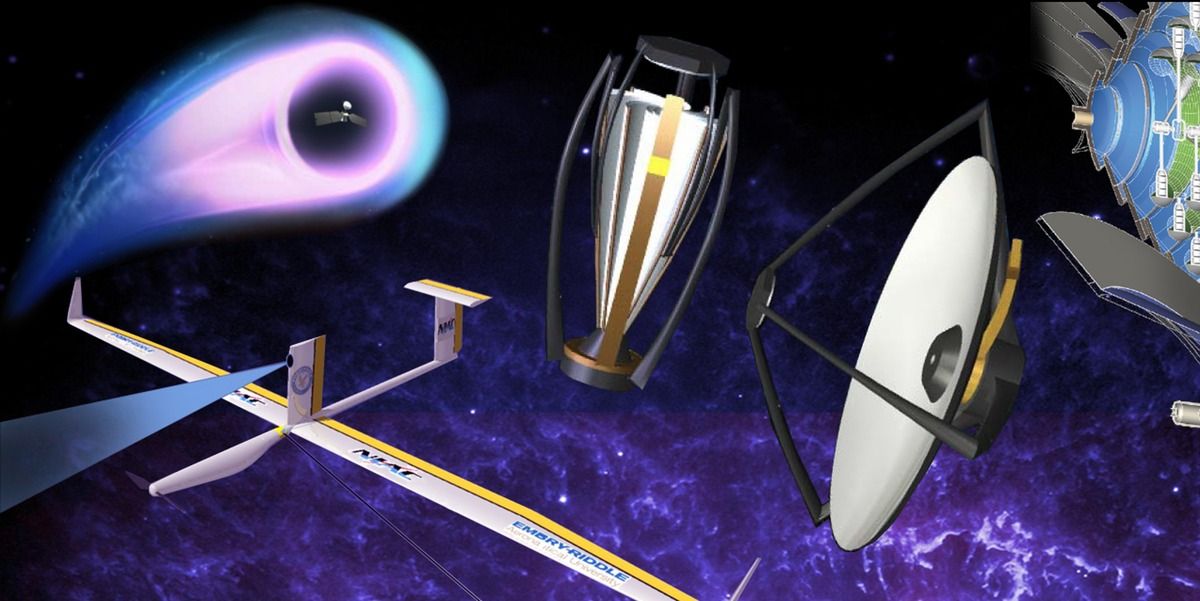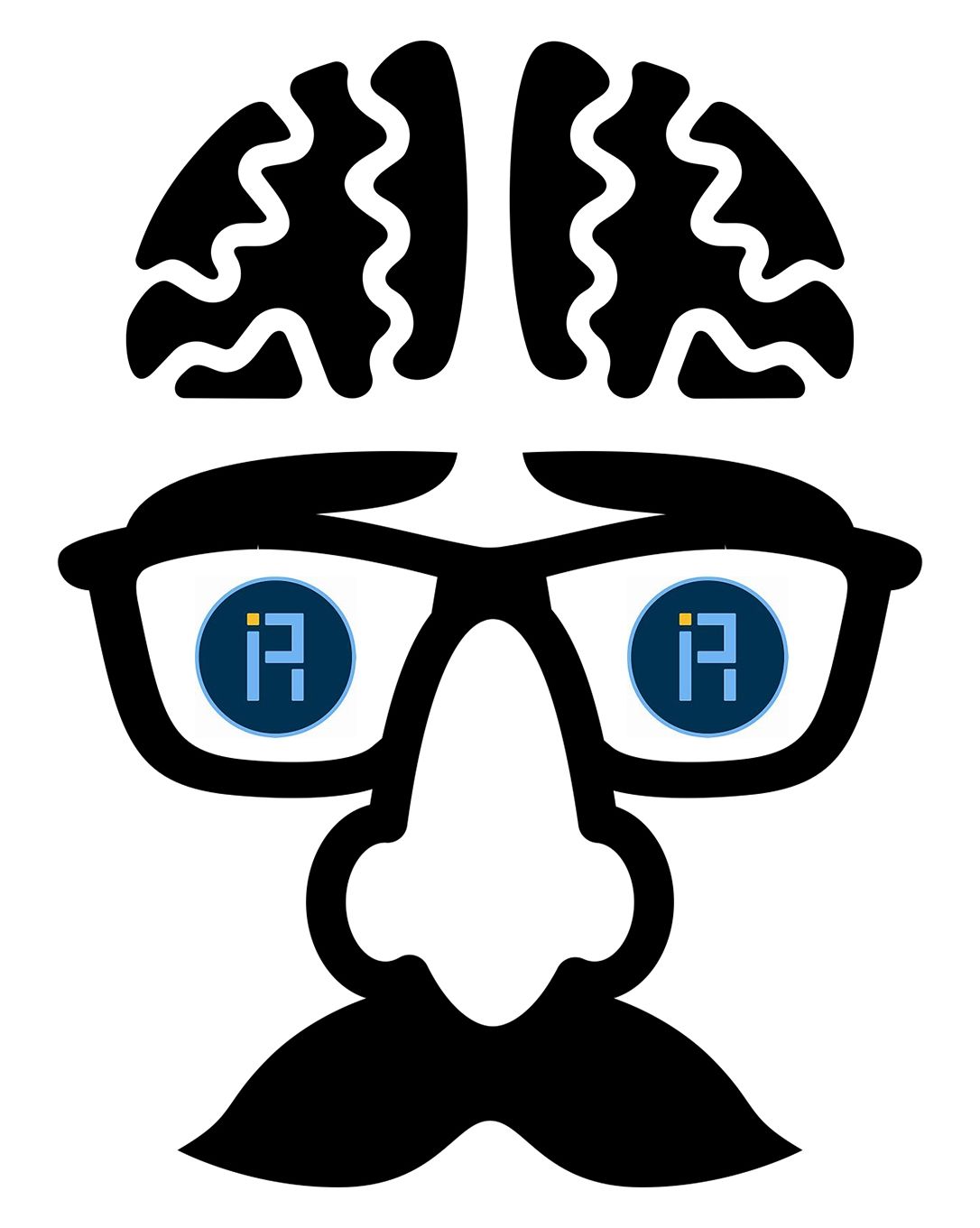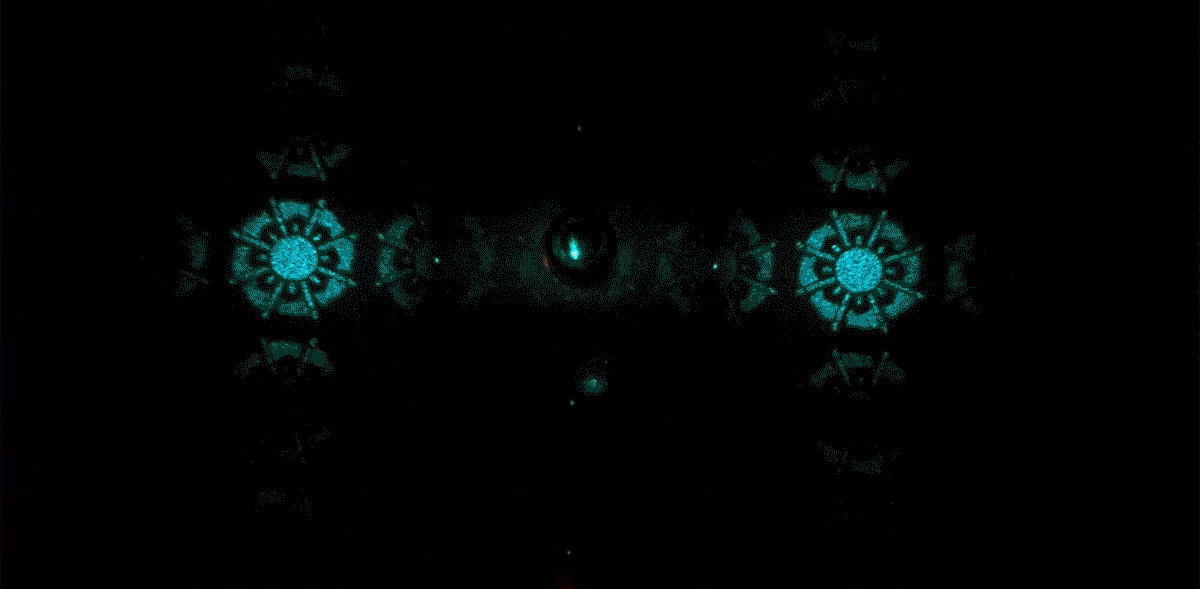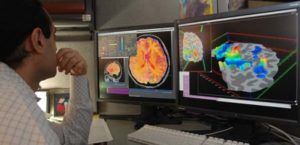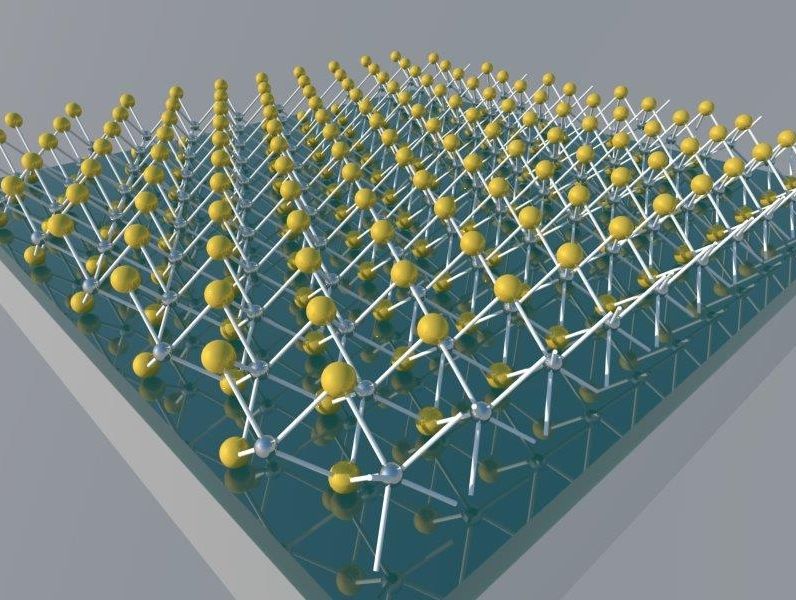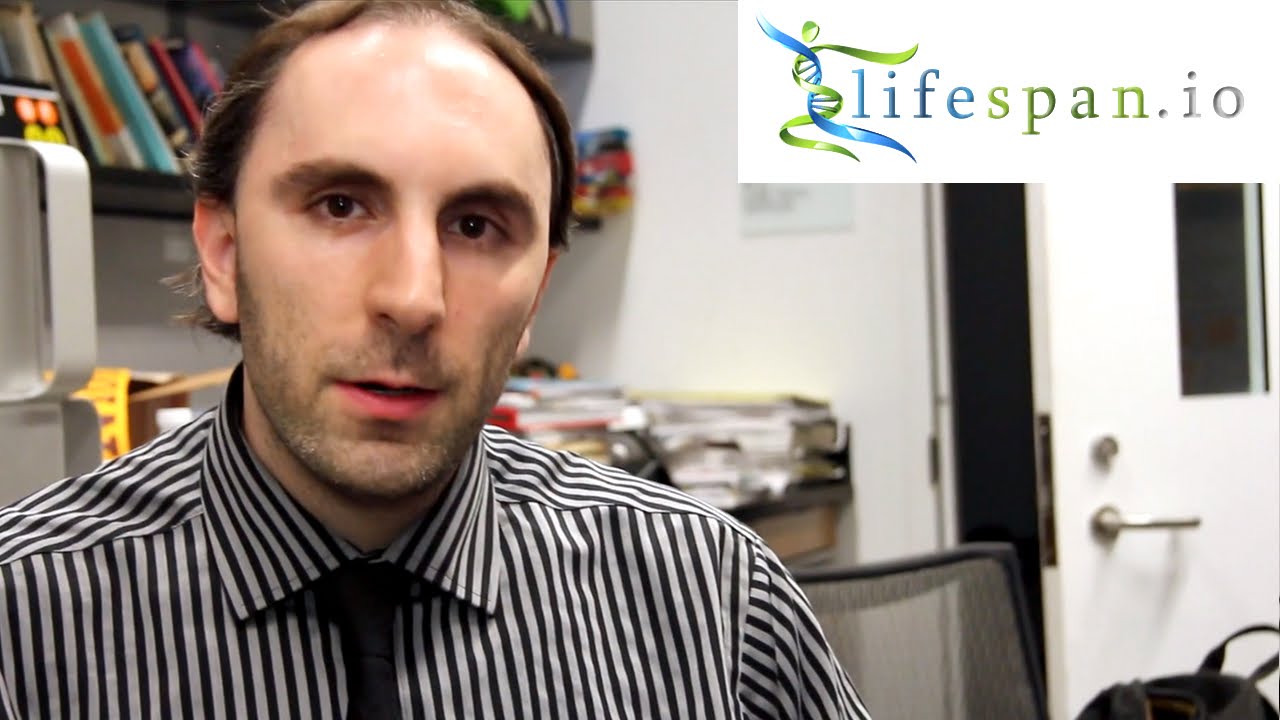The agency just threw up to $4 million towards experimental space exploration technologies.
Dr. Greg Irving, a Clinical Lecturer from the University of Cambridge, recently authored a research project on the potential impact of blockchain technology on scientific research. While the use is not novel in principle, it underscores the very reason blockchain was created.
Why Scientific Research?
Irving, and rightfully so, says that in order to truly trust scientific research the reader’s must know that the content and subsequent conclusions of the research has maintained its integrity throughout editing and publishing. The author references “outcome switching, data dredging, and selective publication” as just a some of the potential pitfalls that can result in bastardized research. How then can researchers increase the trust that their research is has not been tampered with? In response Irving writes.
IARPA’s Christmas List :
• Brain computer interfaces to enhance cognitive processing or increase bandwidth of human-machine interactions.
• Computational social policy.
• Reliable, real-time feedback methods for assessing human judgment and reasoning.
• Methods for assessing capability and intent to develop weapons of mass destruction.
• Methods for assessing capability and intent to leverage cyber capabilities against U.S. critical infrastructure.
Holograms are a ubiquitous part of our lives. They are in our wallets—protecting credit cards, cash and driver’s licenses from fraud—in grocery store scanners and biomedical devices.
Even though holographic technology has been around for decades, researchers still struggle to make compact holograms more efficient, complex and secure.
Researchers at the Harvard John A. Paulson School of Engineering and Applied Sciences have programmed polarization into compact holograms. These holograms use nanostructures that are sensitive to polarization (the direction in which light vibrates) to produce different images depending on the polarization of incident light. This advancement, which works across the spectrum of light, may improvement anti-fraud holograms as well as those used in entertainment displays.
Fox 29 — Good Day Philadelphia
http://www.fox29.com/140735577-video
NBC TV 10
http://www.nbcphiladelphia.com/news/local/Zombies-from-Phill…65101.html
CNN en Espanol
http://cnnespanol.cnn.com/video/cnnee-encuentro-intvw-joel-o…-cerebral/
The future of movies and manufacturing may be in 3D, but electronics and photonics are going 2-D; specifically, two-dimensional semiconducting materials.
One of the latest advancements in these fields centers on molybdenum disulfide (MoS2), a two-dimensional semiconductor that, while commonly used in lubricants and steel alloys, is still being explored in optoelectronics.
Recently, engineers placed a single layer of MoS2 molecules on top of a photonic structure called an optical nanocavity made of aluminum oxide and aluminum. (A nanocavity is an arrangement of mirrors that allows beams of light to circulate in closed paths. These cavities help us build things like lasers and optical fibers used for communications.)
Check out LEAF President Keith Comito explain the origin of Lifespan.io and why crowdfunding research to extend healthy lifespan is both important and exciting.
Our current campaign is here: https://www.lifespan.io/campaigns/the-major-mouse-testing-program/ and there will be more to follow soon! Connect with us on social media and subcribe on YouTube to stay informed. #CrowdfundTheCure #LifespanIO
LEAF President Keith Comito explains the origin of Lifespan.io — a crowdfunding platform specifically for biomedical research aimed at extending healthy human lifespan. Learn more, and help us Crowdfund the Cure for Aging: https://www.lifespan.io
A new measurement of the dust around KIC 8462852 reveals that it seems to be consistent with the breakup of a cluster of Halley-like comets.
The Kepler satellite was designed to search for Earth-sized planets in the habitable zone of stars by measuring dips in a star’s brightness as orbiting planets move across the stellar disc (transits). Its sensitive camera stares at more than 150,000 stars towards the constellations of Cygnus and Lyrae, and so far has found over 5000 exoplanet candidates. But Kepler also monitors the light fluctuations in all the other stars, even dips not caused by transits, and has found some bizarre situations. Perhaps the strangest is the case of KIC 846852, an otherwise normal star slightly larger than the Sun that has exhibited significant, irregular dips in the flux that last as short as a few days or as long as eighty days, and are as deep as 20%. The source is so far unique in the Kepler database.
